As a Ni-Cd Battery Pack Supplier, share with you. Nickel cadmium batteries
are located in the Cd of the negative electrode and OH-synthesized cadmium
hydroxide in NaOH, and attached to the anode, and also emit electrons. The
electrons travel along the wire to the cathode, and the nickel dioxide of the
cathode reacts with the water in the sodium hydroxide solution to form nickel
hydroxide and hydroxide ions. The nickel hydroxide will attach to the anode, and
the hydroxide ions will return to hydrogen. In sodium oxide solution, the
concentration of sodium hydroxide solution does not decrease with time.
Ni-Cd Battery
The active material on the positive plate of a Ni-Cd Battery is composed of nickel oxide powder and graphite powder. Graphite does not participate in chemical reactions and its main function is to enhance electrical conductivity. The active material on the negative plate is composed of cadmium oxide powder and iron oxide powder. The function of the iron oxide powder is to make the cadmium oxide powder have higher diffusivity, prevent agglomeration, and increase the capacity of the polar plate. The active materials are wrapped in perforated steel strips, and after being pressed and formed, they become the positive and negative plates of the battery. The polar plates are separated by alkali-resistant hard rubber insulating rods or perforated PVC corrugated plates. The electrolyte is usually potassium hydroxide solution. Compared with other batteries, the self-discharge rate of NiCd batteries (that is, the rate of loss of charge when the battery is not in use is moderate). During the use of NiCd batteries, if they are not completely discharged, they will be recharged. When they are discharged next time, they will not be able to discharge the full amount of electricity. For example, after discharging 80% of the power and then fully charging, the battery can only discharge 80% of the power. This is called the memory effect. Of course, several complete discharge / charge cycles will return the NiCd battery to normal operation. Due to the memory effect of NiCd batteries, if not fully discharged, each battery should be discharged below 1V before charging. Constantly charge NiCd batteries in the range of 0.05C to more than 1C. Some low-cost chargers use absolute temperature to terminate charging. Although simple and low in cost, this method of charging termination is inaccurate. A better method is to stop charging by detecting the voltage drop when the battery is fully charged. For NiCd batteries with a charging rate of 0.5C or higher, the -ΔV method is more effective. -ΔV charge termination detection should be combined with battery temperature detection, as aged batteries and mismatched batteries may reduce ΔV.
Through detecting the temperature rise rate (dT / dt) can achieve more accurate full charge detection, this full charge detection is better than the fixed temperature termination for the battery. The charge termination method based on the combination of ΔT / dt and -ΔV can prevent the battery from overcharging and extend the battery life. Fast charging can improve charging efficiency. At a charging rate of 1C, the efficiency can be close to 1.1 (91%), and the time to charge an empty battery is a little more than 1 hour. When charging at 0.1C, the efficiency drops to 1.4 (71%), and the charging time is about 14 hours.
Our company also has Ni-MH Cell Performance for sale, please contact us.

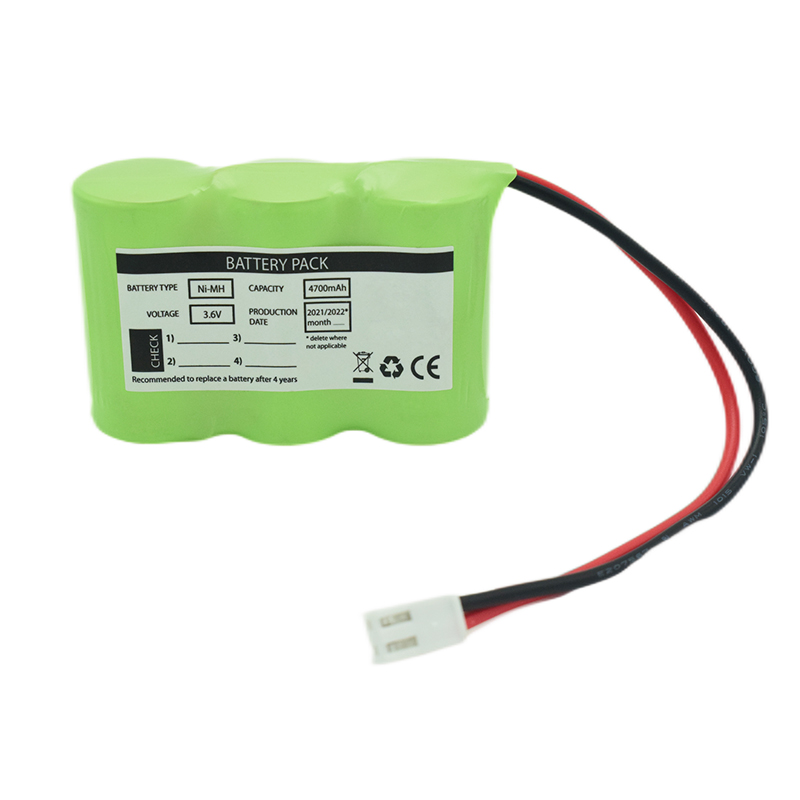 Ni-MH Battery C4700mAh 3.6V
Ni-MH Battery C4700mAh 3.6V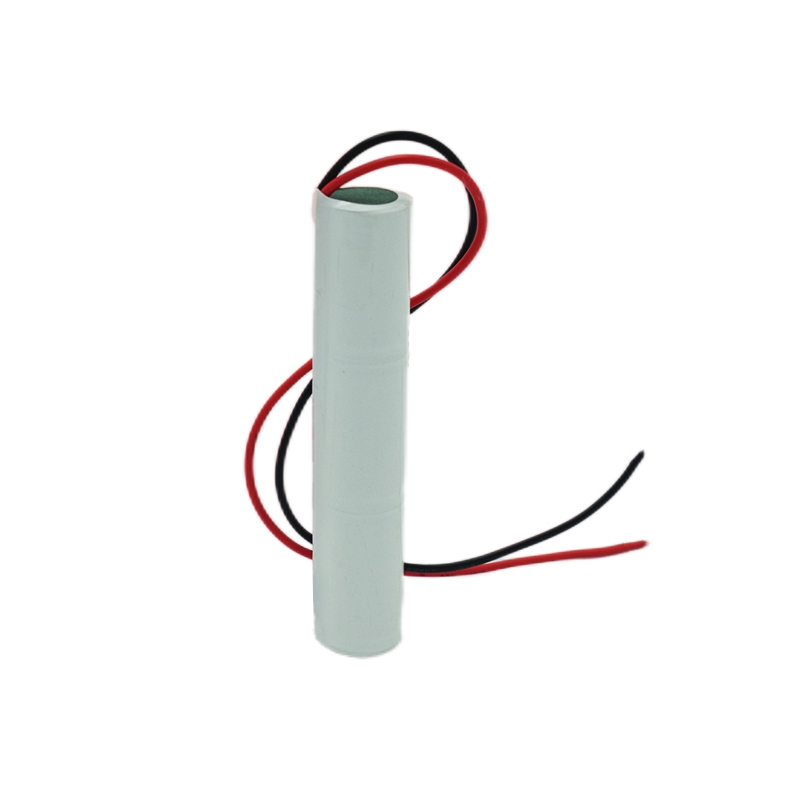 Nickel Cadmium Nicd Battery Pack SC1800mAh 3.6V
Nickel Cadmium Nicd Battery Pack SC1800mAh 3.6V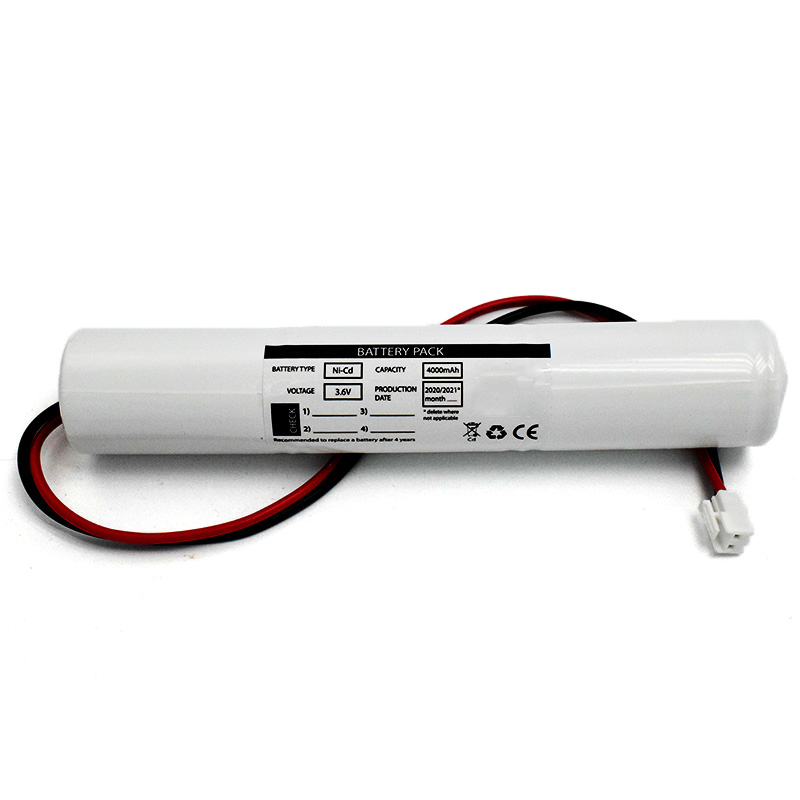 Ni-Cd Battery Pack D4000mAh 3.6V
Ni-Cd Battery Pack D4000mAh 3.6V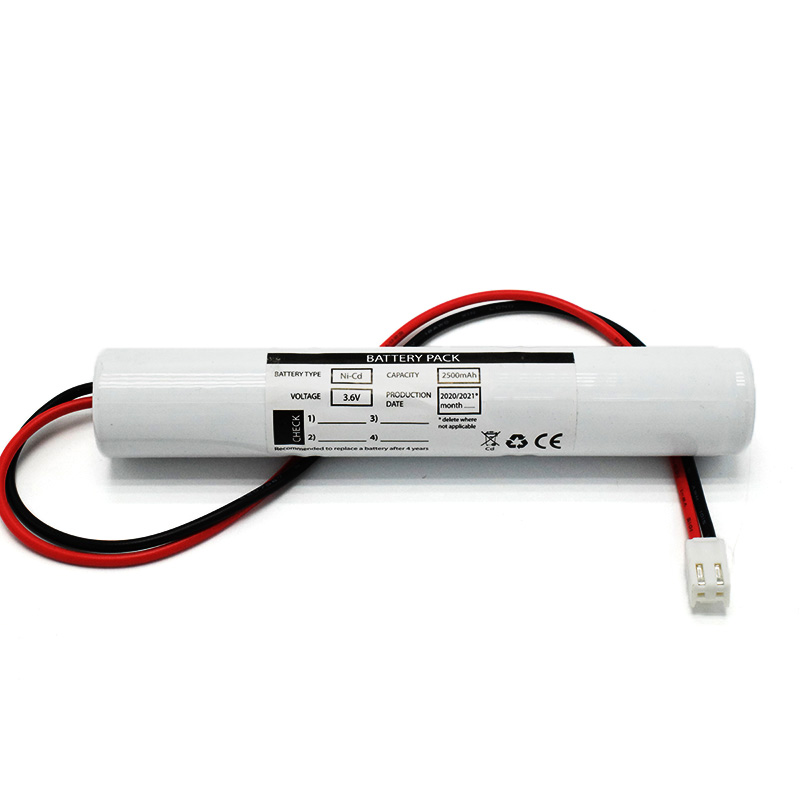 Ni-Cd Battery Pack C2500mAh 3.6V
Ni-Cd Battery Pack C2500mAh 3.6V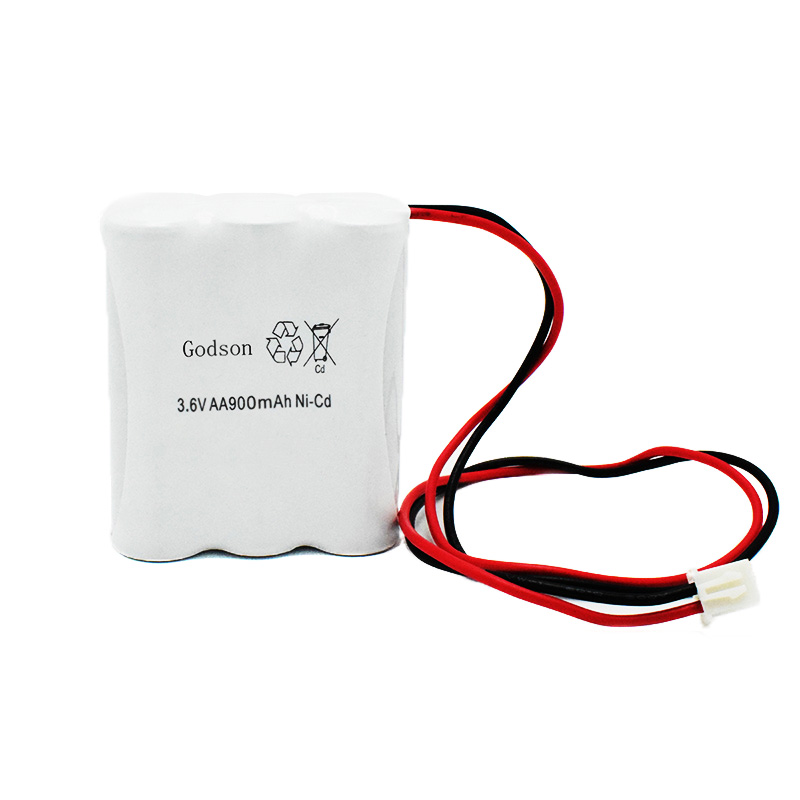 NICAD Battery Pack AA900mAh 3.6V
NICAD Battery Pack AA900mAh 3.6V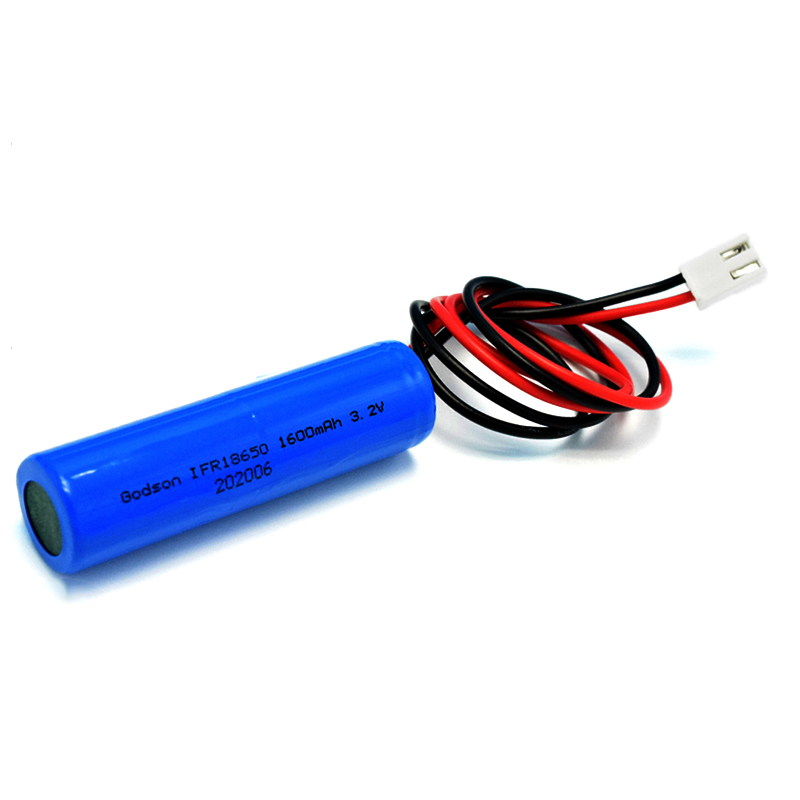 LiFePO4 IFR18650 1600mAh 3.2V
LiFePO4 IFR18650 1600mAh 3.2V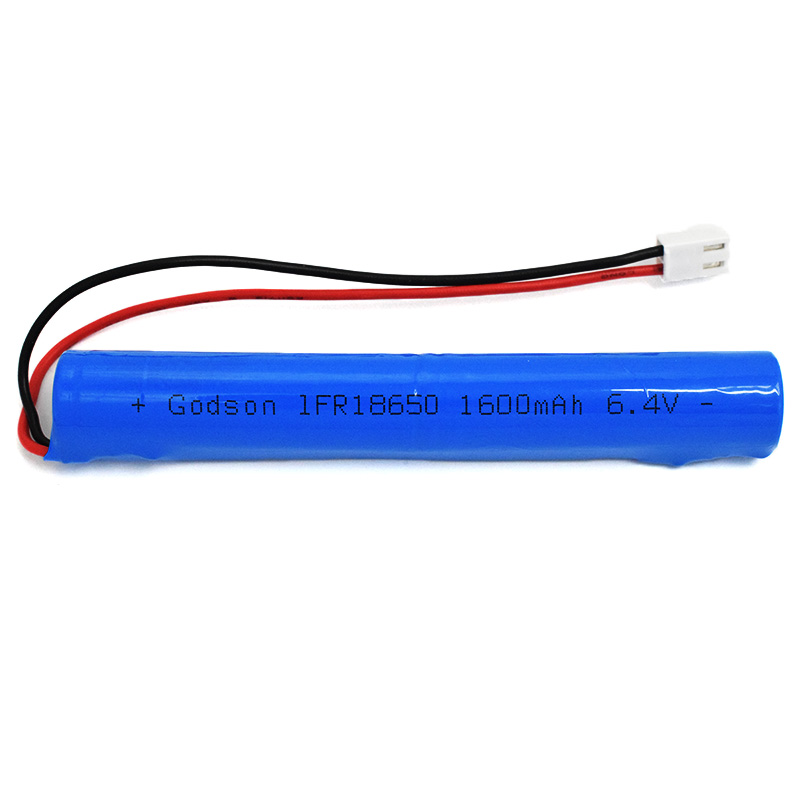 LiFePO4 IFR18650 1600mAh 6.4V
LiFePO4 IFR18650 1600mAh 6.4V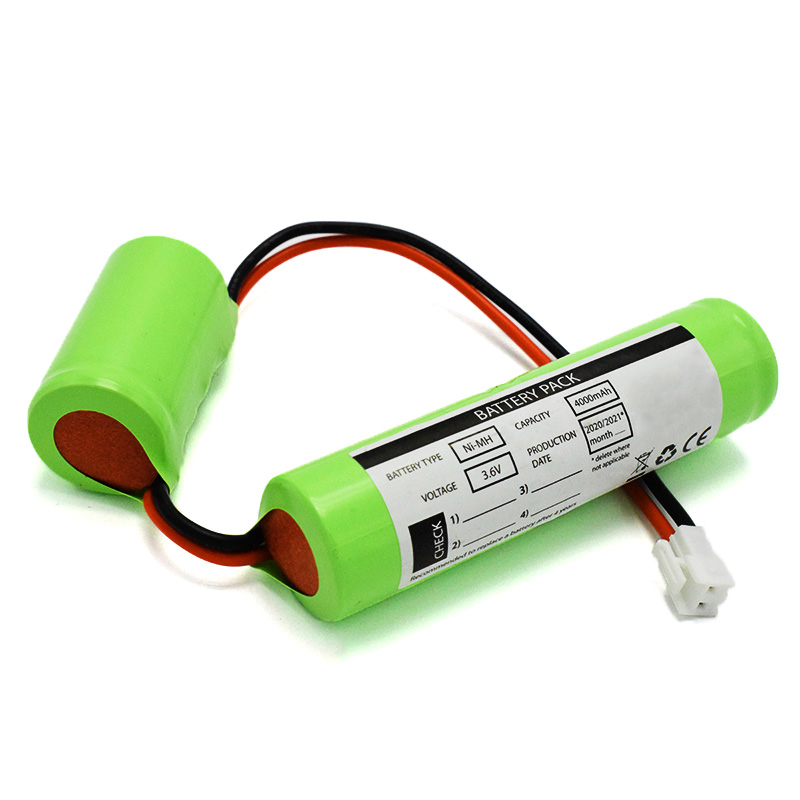 Ni-MH Battery C4000mAh 3.6V
Ni-MH Battery C4000mAh 3.6V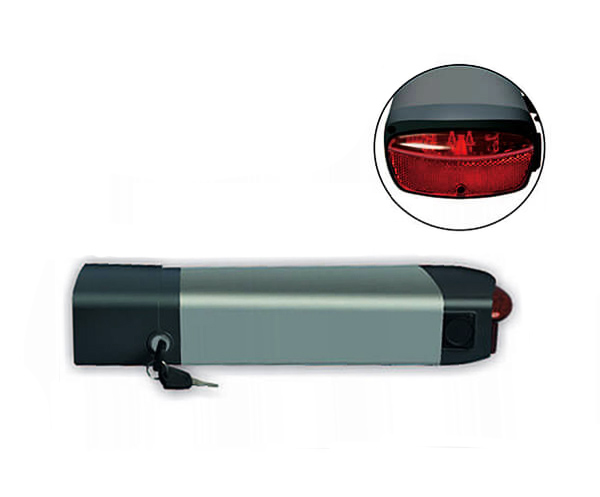 E-bike Battery 48V 10Ah JL-1
E-bike Battery 48V 10Ah JL-1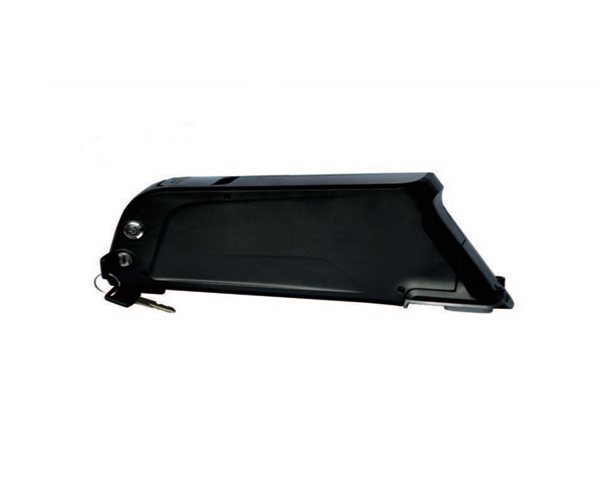 E-bike battery 48V 10Ah Qing Tian
E-bike battery 48V 10Ah Qing Tian